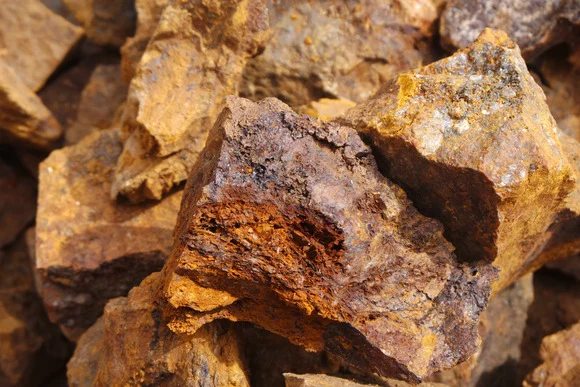
Heap leaching is a widely used extraction method in the mining industry, offering a cost - effective solution for processing low - grade ores. However, not all ores are suitable for this technique. In this blog post, we will explore the key factors to consider when determining whether your ore is a good candidate for heap leaching.
Understanding the Heap Leaching Process
Heap leaching involves piling crushed ore on an impermeable pad and then spraying a leaching solution, such as cyanide for gold and silver ores or sulfuric acid for copper and uranium ores, over the ore heap. The solution percolates through the ore, dissolving the valuable minerals, which are then collected at the bottom of the heap and processed to recover the metals.
Ore Characteristics for Heap Leaching
Mineralogy
1.Gold and Silver Ores
Oxidized Ores: Generally, oxidized gold and silver ores are more amenable to heap leaching. For example, ores with gold occurring in oxidized quartz veins, where the gold is often more exposed due to weathering processes. Oxidation can break down the host minerals, making it easier for the leaching solution to access the gold. According to industry data, in many successful gold heap - leaching operations, the ore has a high degree of oxidation, with gold recovery rates ranging from 60% - 80% in some cases.
Sulfide Ores: If the sulfide content is low and the gold or silver is not tightly locked within the sulfide minerals, sulfide ores can also be considered for heap leaching. However, if the sulfides are present in significant amounts, they can react with the leaching solution, consuming reagents and potentially inhibiting the leaching of precious metals. For instance, pyrite (a common sulfide mineral) can react with oxygen and the leaching solution, consuming cyanide in the case of gold heap leaching.
2.Copper Ores
Oxidized Copper Ores: Oxidized copper ores, such as malachite and azurite, are well - suited for heap leaching using sulfuric acid as the leaching agent. These ores are often found in the upper parts of copper deposits, where weathering has occurred. The acid reacts with the copper - bearing minerals to form soluble copper sulfate, which can then be recovered. A study of a large - scale copper heap - leaching operation in South America showed that for ores with an oxidation rate of over 70%, the copper recovery through heap leaching was quite efficient.
Low - Grade Sulfide Copper Ores: Some low - grade sulfide copper ores can also be heap - leached, especially when combined with bio - heap leaching techniques. Microorganisms are used to oxidize the sulfide minerals slowly, converting the copper into a soluble form over time.
Ore Porosity and Permeability
Porosity: Ores with high porosity provide more surface area for the leaching solution to contact the valuable minerals. Porous ores can be the result of natural weathering processes or due to the presence of fractures and voids within the rock. For example, in some gold - bearing quartzite ores, weathering has created a network of small pores and channels, allowing the cyanide solution to penetrate deeper into the ore particles, enhancing the leaching efficiency.
Permeability: Good permeability is crucial for the leaching solution to flow evenly through the ore heap. If the ore has low permeability, the solution may channel through certain areas of the heap, leaving other parts under - leached. Factors that can affect permeability include the particle size distribution of the ore, the presence of fine - grained materials (such as clay), and the degree of compaction during heap construction. If the ore contains a high percentage of clay minerals, they can swell when wet, reducing the permeability of the heap.
Particle Size
Optimal Particle Size: The ideal particle size for heap leaching depends on the type of ore and the leaching process. Generally, a particle size range of 5 - 30 mm is often suitable for many ores. For gold ores, if the particles are too large, the leaching solution may not be able to penetrate deep enough into the ore, resulting in low recovery rates. On the other hand, if the particles are too fine, it can lead to poor permeability, as the fine particles can clog the pores between the larger particles, impeding the flow of the leaching solution.
Impact on Leaching Time: The particle size also affects the leaching time. Finer particles can increase the surface area available for leaching, potentially shortening the leaching time. However, this needs to be balanced with the permeability requirements. In some cases, ores with very fine - grained gold may require additional processing steps, such as agglomeration (binding the fine particles into larger agglomerates) to improve permeability during heap leaching.
Chemical Composition
Acid - or Cyanide - Consuming Minerals: Ores that contain minerals that react with the leaching solution can be problematic. For example, in copper heap leaching using sulfuric acid, if the ore contains a high amount of carbonate minerals (such as calcite or dolomite), they will react with the acid, consuming it and reducing the effectiveness of the leaching process. In gold heap leaching with cyanide, minerals like arsenopyrite can react with the cyanide, consuming the reagent and also producing toxic by - products.
Presence of Adsorptive Minerals: Some minerals, such as certain types of clays and carbonaceous materials, can adsorb the dissolved metals, preventing their recovery. In gold heap leaching, carbonaceous matter can adsorb the gold - cyanide complex, leading to lower gold recoveries.
Other Considerations
Ore Grade
Low - Grade Ores: Heap leaching is most commonly used for low - grade ores, where the cost - effectiveness of the process becomes more apparent. For gold ores, grades as low as 0.5 - 3.0 g/t can be economically processed through heap leaching in many cases. In some large - scale gold mining operations, vast quantities of low - grade ore are heap - leached, making the overall mining project viable.
Grade Variability: If the ore grade varies significantly within the deposit, proper sampling and blending may be required to ensure consistent leaching performance. Uneven grade distribution can lead to inconsistent metal recoveries across the ore heap.
Environmental Factors
Permitting and Regulations: Heap leaching operations, especially those using cyanide or strong acids, are subject to strict environmental regulations. The site must have proper permits to handle and dispose of the leaching solutions and any waste materials. For example, cyanide - containing solutions need to be carefully managed to prevent environmental contamination, and there are strict limits on the amount of cyanide that can be discharged into the environment.
Climate Conditions: Climate can also impact heap leaching. In areas with high rainfall, there is a risk of dilution of the leaching solution and potential runoff of the solution, which can cause environmental problems and reduce the efficiency of the leaching process. In cold climates, freezing temperatures can affect the flow of the leaching solution and the chemical reactions occurring within the ore heap.
Conclusion
Determining whether your ore is suitable for heap leaching requires a comprehensive analysis of its mineralogy, physical properties, chemical composition, grade, and consideration of environmental factors. Conducting a detailed ore characterization study, including laboratory - scale leaching tests, is highly recommended. By understanding these factors, mining companies can make informed decisions on whether heap leaching is the right processing method for their ore deposits, ensuring efficient and sustainable extraction of valuable minerals.
- Random article
- Popular articles
- Popular comments
- Selective flocculation beneficiation process for bauxite
- Hg-ore flotation process
- Iron ore reverse flotation process
- Gold Mine Combined Beneficiation Process
- Branch serial flow flotation process for lead-zinc ore
- Lithium ore magnetic separation process
- Lithium ore combined beneficiation process




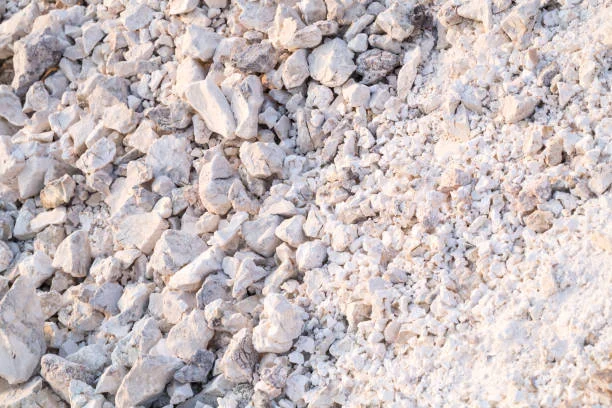
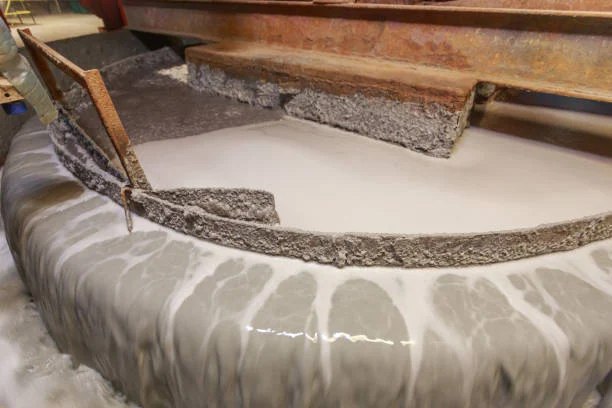
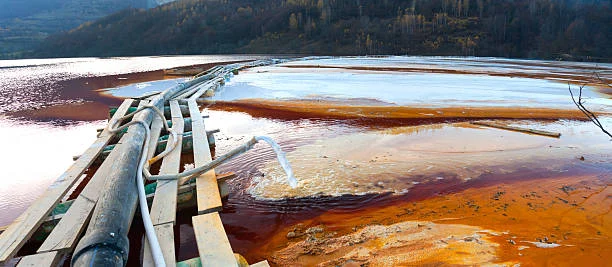
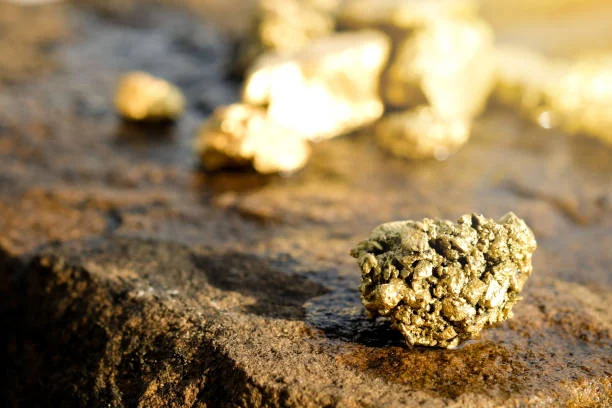
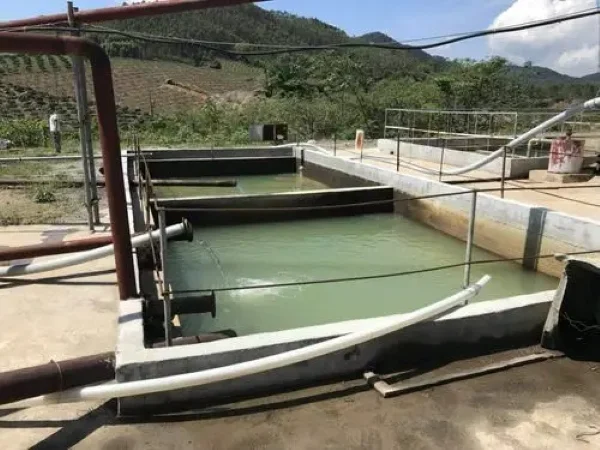
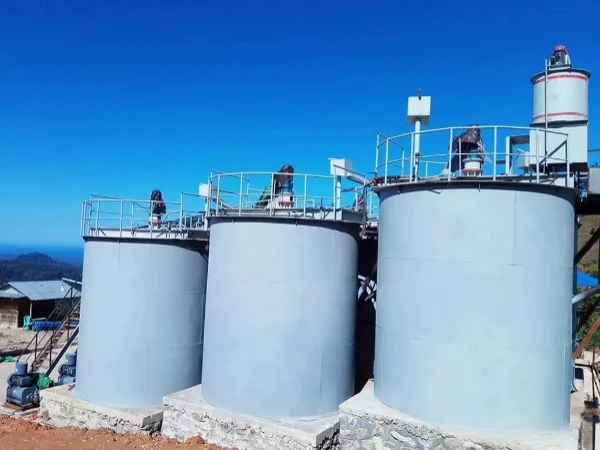
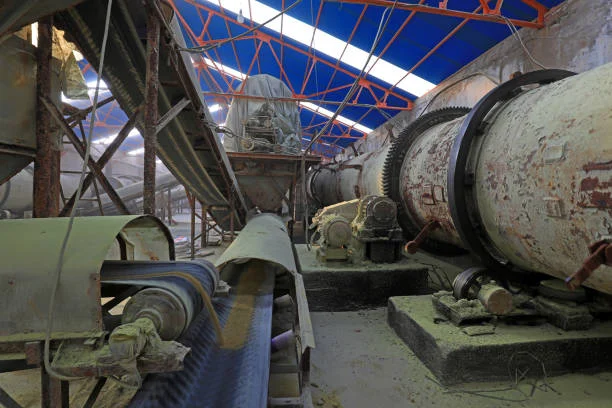
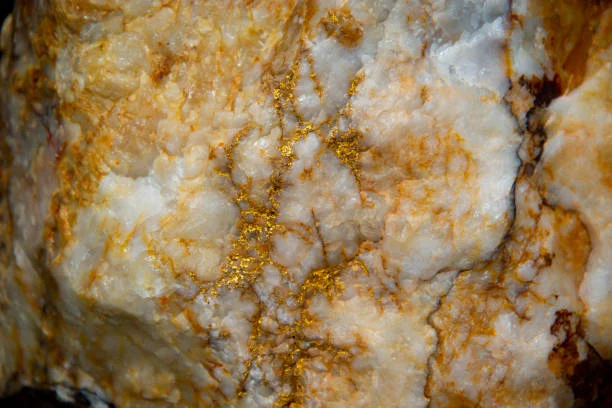
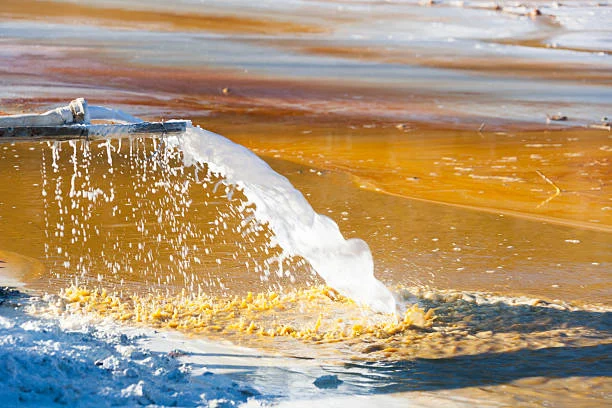
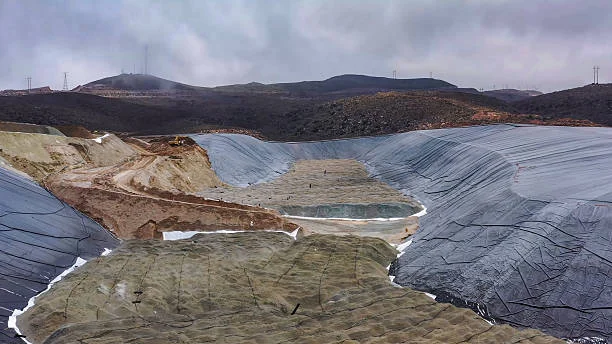

Leave a message with your needs or comments
Add comment: